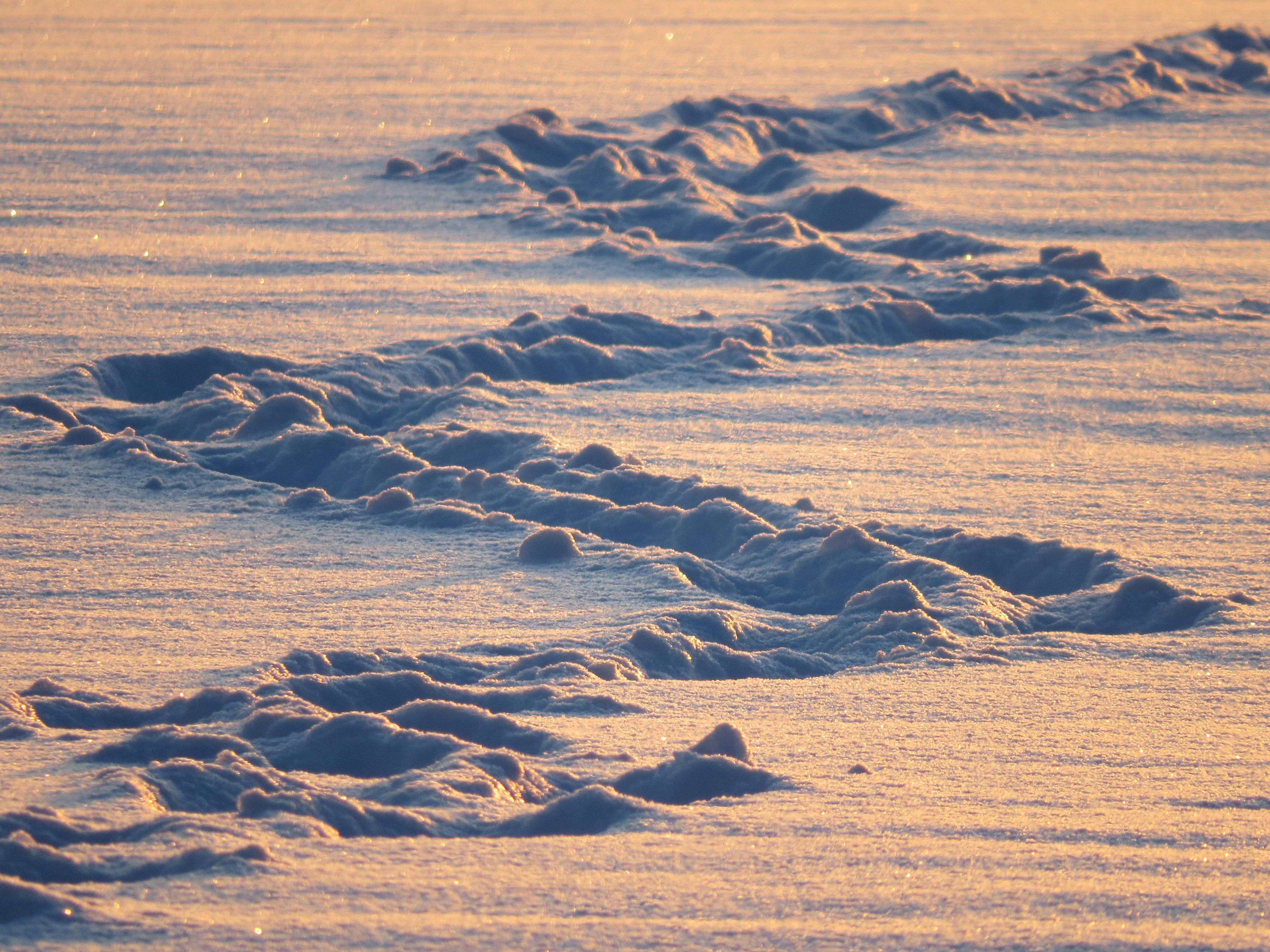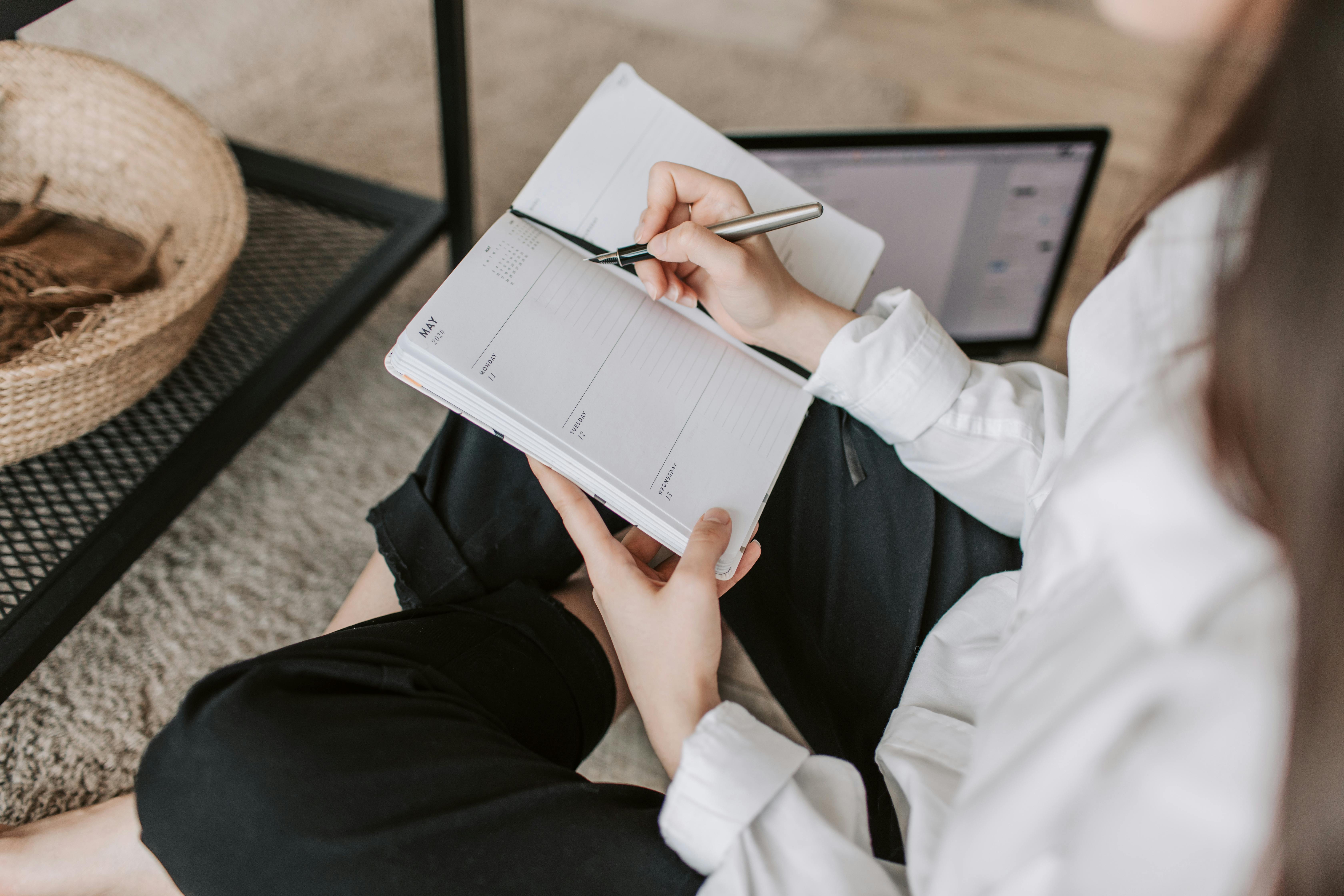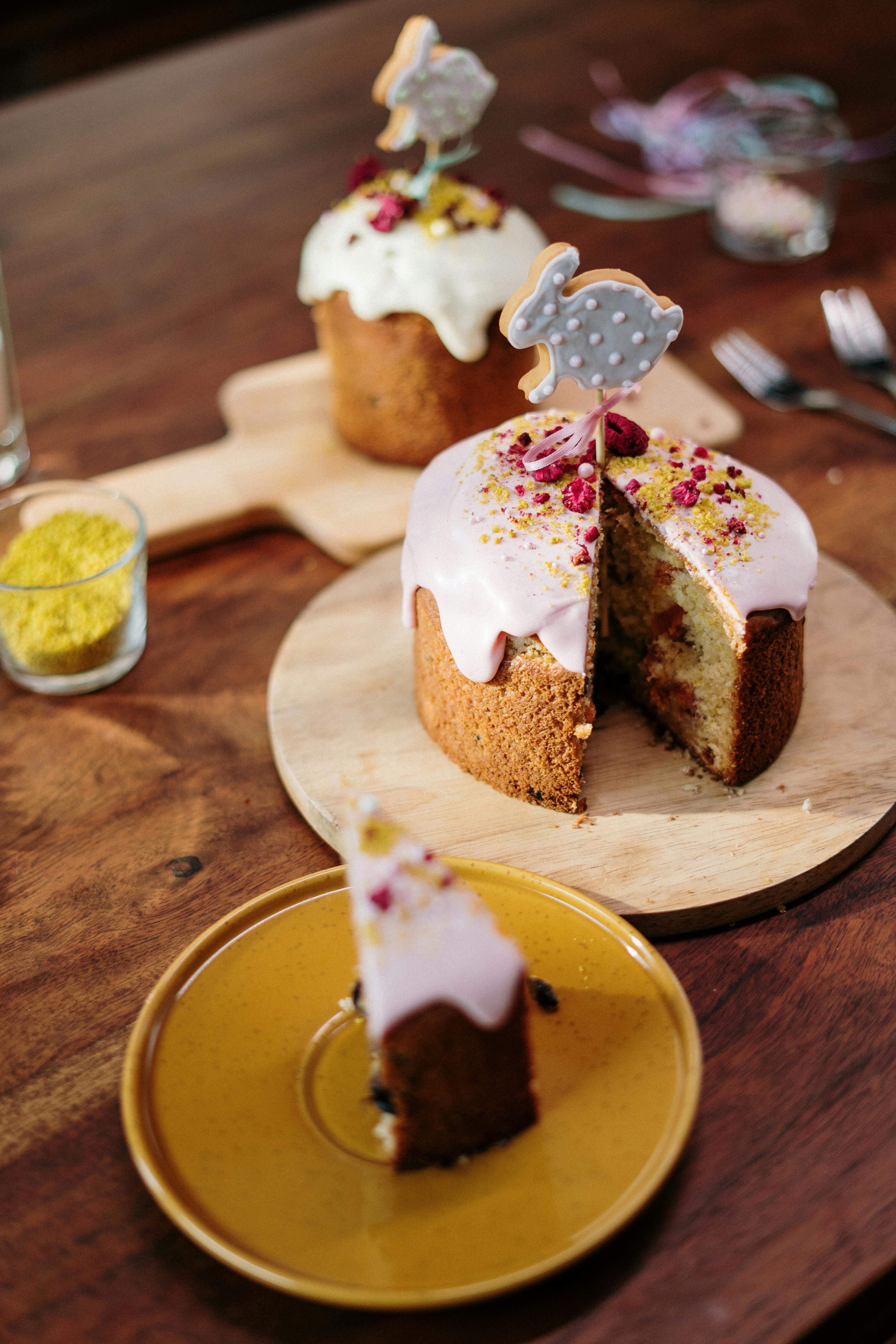Effective Ways to Optimize Your Pea Puffer Tank in 2025

Effective Ways to Optimize Your Pea Puffer Tank in 2025
The Pea Puffer, also known as the dwarf pufferfish, has become a popular choice among aquarists due to its intriguing personality and small size. Setting up a thriving pufferfish tank requires careful planning and attention to detail. Understanding the specific requirements of these extraordinary fish can enhance their well-being significantly. In this article, we will explore effective strategies to optimize your pea puffer tank, ensuring that your aquatic friends not only survive but flourish in their environment.
Pea puffers are unique little creatures that thrive in well-structured habitats. This means considering elements like tank size, water parameters, and compatible tank mates. Additionally, knowing how to maintain their environment, including tank filtration, substrate options, and proper feeding habits, is essential for creating a harmonious living space. Let’s dive into the essential practices that will help you establish and maintain an optimal pea puffer habitat, promoting their health and longevity.
By the end of this guide, you will gain insights into specific habitat needs, feeding requirements, and tips on maintaining water quality for pea puffers. Whether you are a beginner or an experienced aquarist, this roadmap will aid in creating a vibrant aquarium setup that supports the unique characteristics and behaviors of pea puffers.
Creating the Ideal Pea Puffer Habitat
Building the right environment for your pea puffer involves more than just placing water in a tank. It encompasses creating a comfortable habitat that reflects their needs and natural behaviors. The right setup promotes their mental well-being, encourages natural behaviors, and ultimately leads to healthier, happier puffers.
Choosing the Correct Tank Size
The tank size plays an integral role in the comfort of your pea puffer. For a single pea puffer, a tank of at least 10 gallons is recommended. This size allows ample space for swimming and provides room for plant life and hiding spots. If you plan to keep multiple pea puffers, consider a larger tank—20 gallons or more—to reduce territorial disputes.
In a smaller tank, pea puffers may feel cramped and stressed, leading to unhealthy behavior patterns. A larger setup not only provides physical space but establishes territorial boundaries vital for their well-being. It is also easier to maintain stable water conditions in a larger tank, which is crucial for their health.
Understanding Water Parameters
A critical aspect of pea puffer care involves strict attention to water parameters. They thrive in slightly acidic to neutral water, with a pH range of 6.5-7.5, and a temperature range of 73°F to 80°F (23°C to 27°C). Regular testing of water quality ensures that ammonia, nitrite, and nitrate levels remain stable, which is vital to preventing stress and potential diseases. Invest in reliable water testing kits, as maintaining optimal water quality is key to the overall health of your fish.
Filtration and Water Circulation
Tank filtration systems should be efficient yet gentle, ensuring excellent water quality without creating strong currents that could stress the pea puffers. Sponge filters are often recommended for puffer tanks, as they provide biological filtration while creating a gentle flow. Remember that pea puffers prefer a calmer water environment, mimicking their natural habitats.
Additionally, incorporating a water conditioner before adding water to your tank is advisable to remove harmful chemicals. Regular water changes (about 10-20% weekly) help maintain high water quality and ensure a stable environment.

Incorporating Plants and Decorations
To optimize your pea puffer tank, adding live plants and thoughtful decorations is essential. A well-decorated tank provides cognitive stimulation for your puffer, enhancing its quality of life. Choosing the right types of aquatic plants and decorations can also create a more natural look and feel while ensuring the pea puffer's needs are met.
Integrating Aquatic Plants
Live plants such as Java moss, Anubias, and floating plants are ideal for pea puffer tanks. These plants not only serve as hiding spots, which can reduce stress, but they also improve water quality by absorbing nitrates. Floating plants provide shade and cover, which can make pea puffers feel more secure.
A balanced plant population can enhance the visual appeal of your aquarium while creating a comfortable environment for your fish. Just ensure that any plants chosen do not have sharp edges, as they could injure the pufferfish.
Choosing Appropriate Tank Decorations
In terms of decorations, opt for smooth, non-toxic items to avoid injury. Driftwood and rocks can serve as great hiding spots, but be sure to check them for sharp edges. Creating caves and open swimming spaces allows your puffer to interact with its environment comfortably.
Moreover, it’s important to ensure that the layout does not create any obstructions that could lead to territorial disputes if you decide to house multiple puffers. Thoughtful tank landscape planning will contribute to both the aesthetics and well-being of your pea puffers.
Feeding Practices for a Healthy Pea Puffer
Feeding your pea puffer a balanced and nutritious diet plays a significant role in its health and well-being. Understanding their dietary habits and preferences is crucial for keeping them happy and healthy.
Choosing the Right Pufferfish Food
Pea puffers are carnivorous and require a varied diet to thrive. Their diet can include live foods such as snails, brine shrimp, and daphnia, which provide essential nutrients. Additionally, high-quality frozen or freeze-dried foods can be introduced as part of their feeding regimen.
Avoid relying solely on flake foods, as they don't meet the specific dietary needs of these fish. Providing a variety of food options helps simulate their natural feeding behavior and maintain their health.
Creating a Feeding Schedule
Establishing a consistent feeding schedule is essential for pea puffer care. Adult pea puffers can be fed once or twice a day, while younger ones may require more frequent feedings. Ensure not to overfeed, as this can lead to water quality issues and health problems.
Observe your puffer's eating habits and adjust the feeding schedule accordingly. Healthy puffers will show enthusiastic feeding behaviors. Monitor their growth rate and condition to ensure they are receiving adequate nutrition.

Maintaining Water Quality and Tank Health
Maintaining optimal water quality is paramount for the health of your pea puffers. Poor water quality can lead to various health issues, making it essential to implement practices that promote a stable and clean environment.
Regular Tank Maintenance Practices
Basic maintenance tasks like vacuuming the substrate, cleaning the filter, and performing water changes are crucial. Regularly replacing one-third of the water every two weeks helps maintain ideal water conditions. During the water change, use a substrate vacuum to remove any accumulated debris, which contributes to improved water quality.
Also, establish routines for cleaning tank tools to prevent contamination. Regular inspection of tank equipment ensures everything is functioning properly, promoting a healthy environment.
Understanding Common Pufferfish Diseases
Being aware of potential health issues that pea puffers face can help you act quickly should any problems arise. Common diseases include ich, fin rot, and fungal infections. Monitor your fish closely for signs of stress or illness, such as changes in behavior or visual abnormalities.
Early detection and proper treatment are vital. Ensure you have a basic understanding of suitable medications and environmental adjustments needed to support their recovery.
Conclusion
By implementing the tips and strategies discussed in this article, you can create a thriving environment for your pea puffer. A well-optimized pufferfish tank offers more than just aesthetics; it fosters the health, behavior, and longevity of your aquatic companions. Focusing on tank size, water quality, specialized feeding, and regular maintenance will markedly enhance your pea puffer’s life experiences.
Finally, being proactive in understanding and implementing effective husbandry practices will ensure success in your pea puffer keeping journey. Their unique behaviors and personalities make them a rewarding addition to any freshwater aquarium!
For more valuable information on freshwater aquariums and puffer care, check out our additional resources here. Optimize your pea puffer tank today and enjoy a delightful aquatic experience!